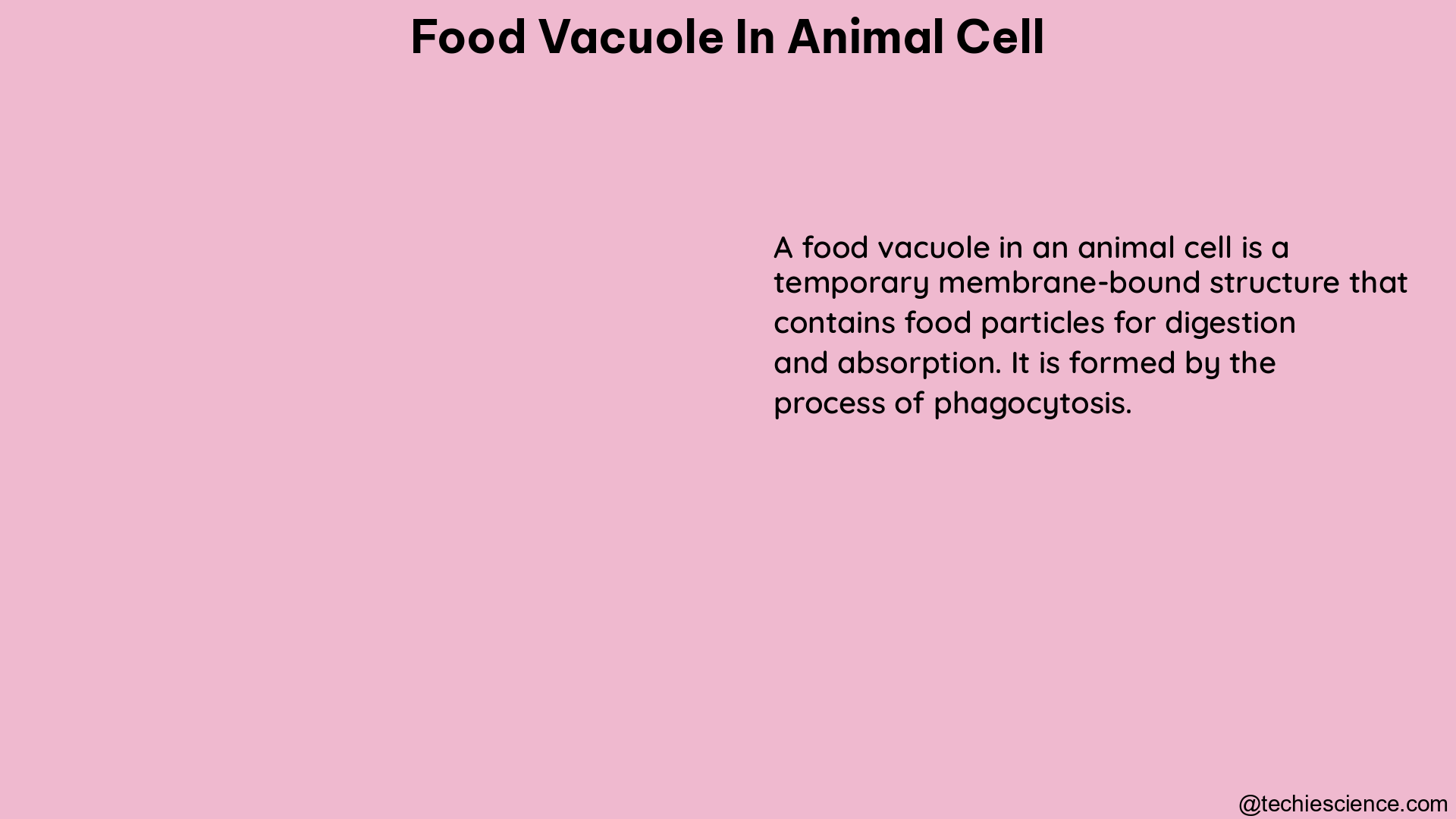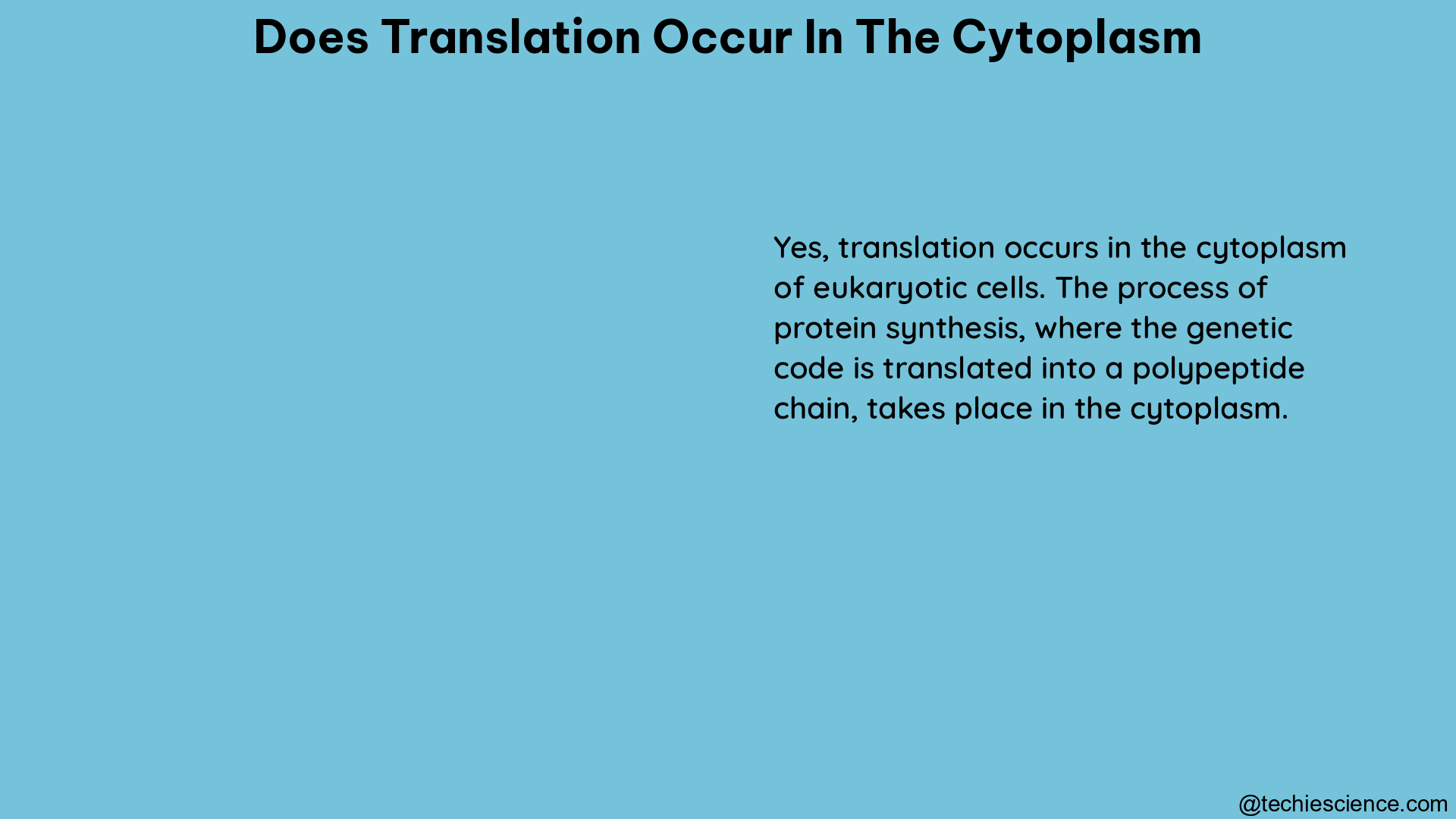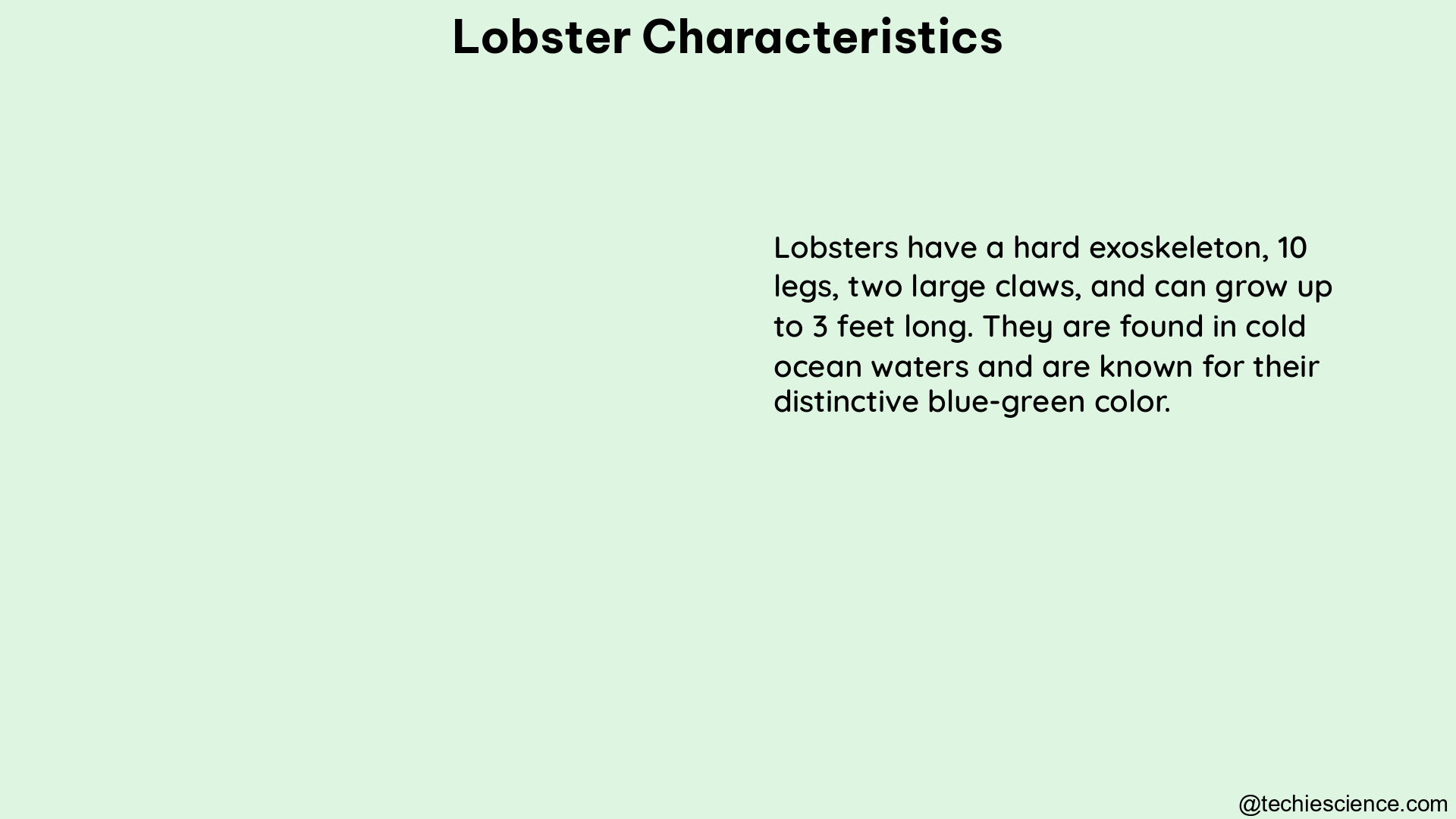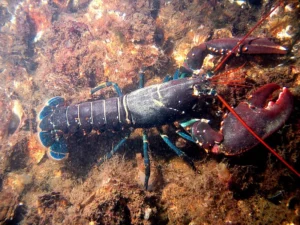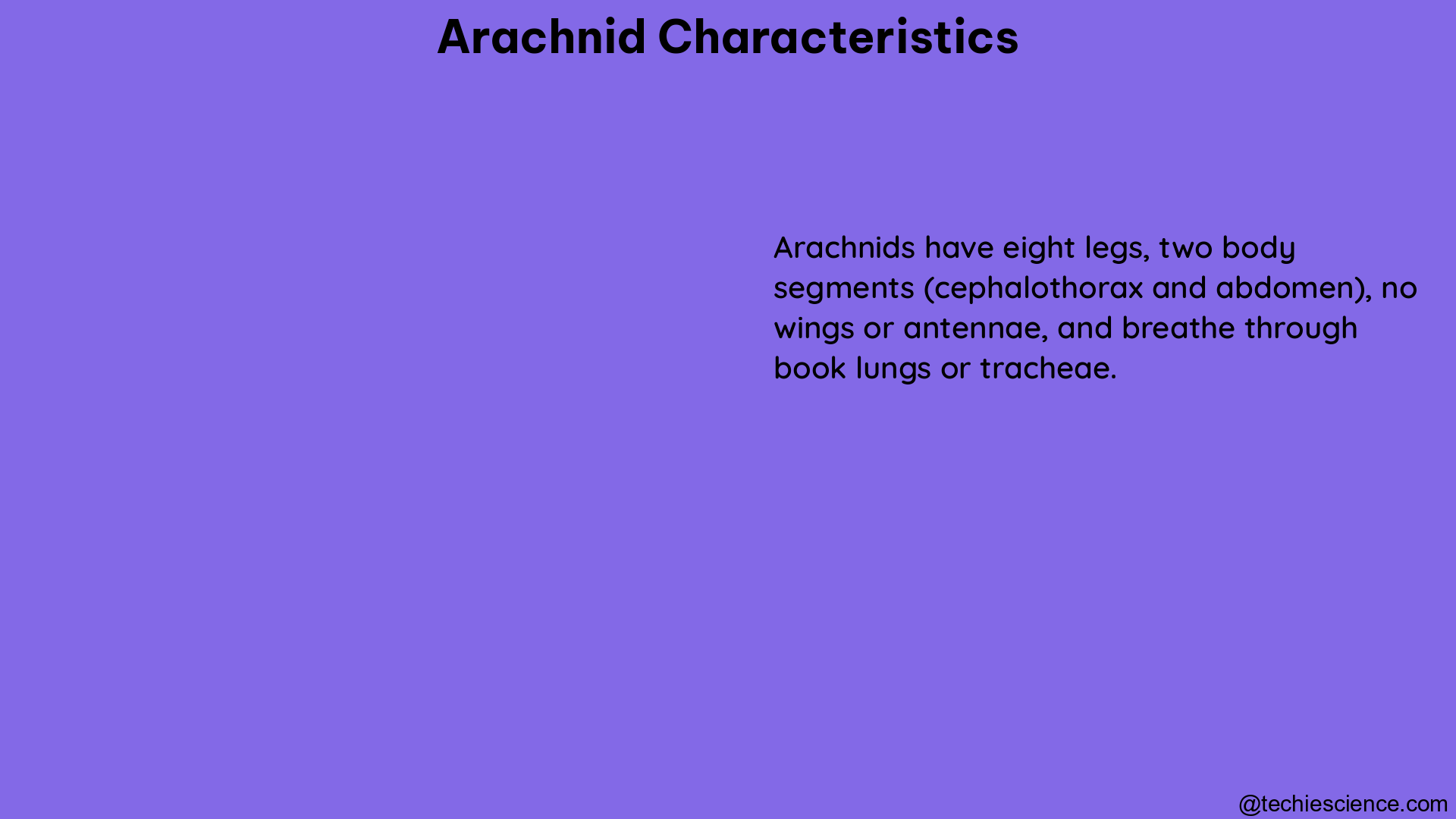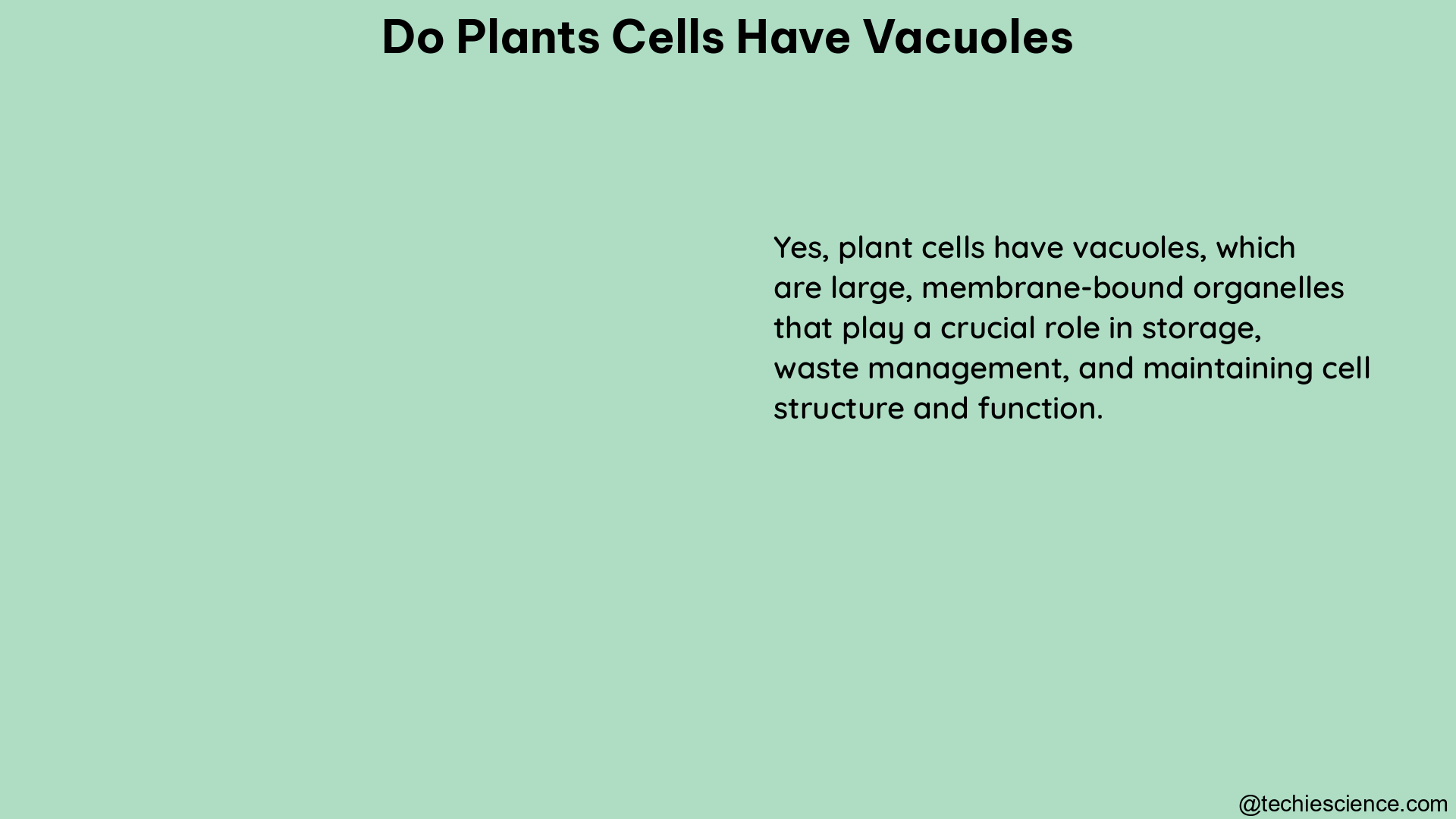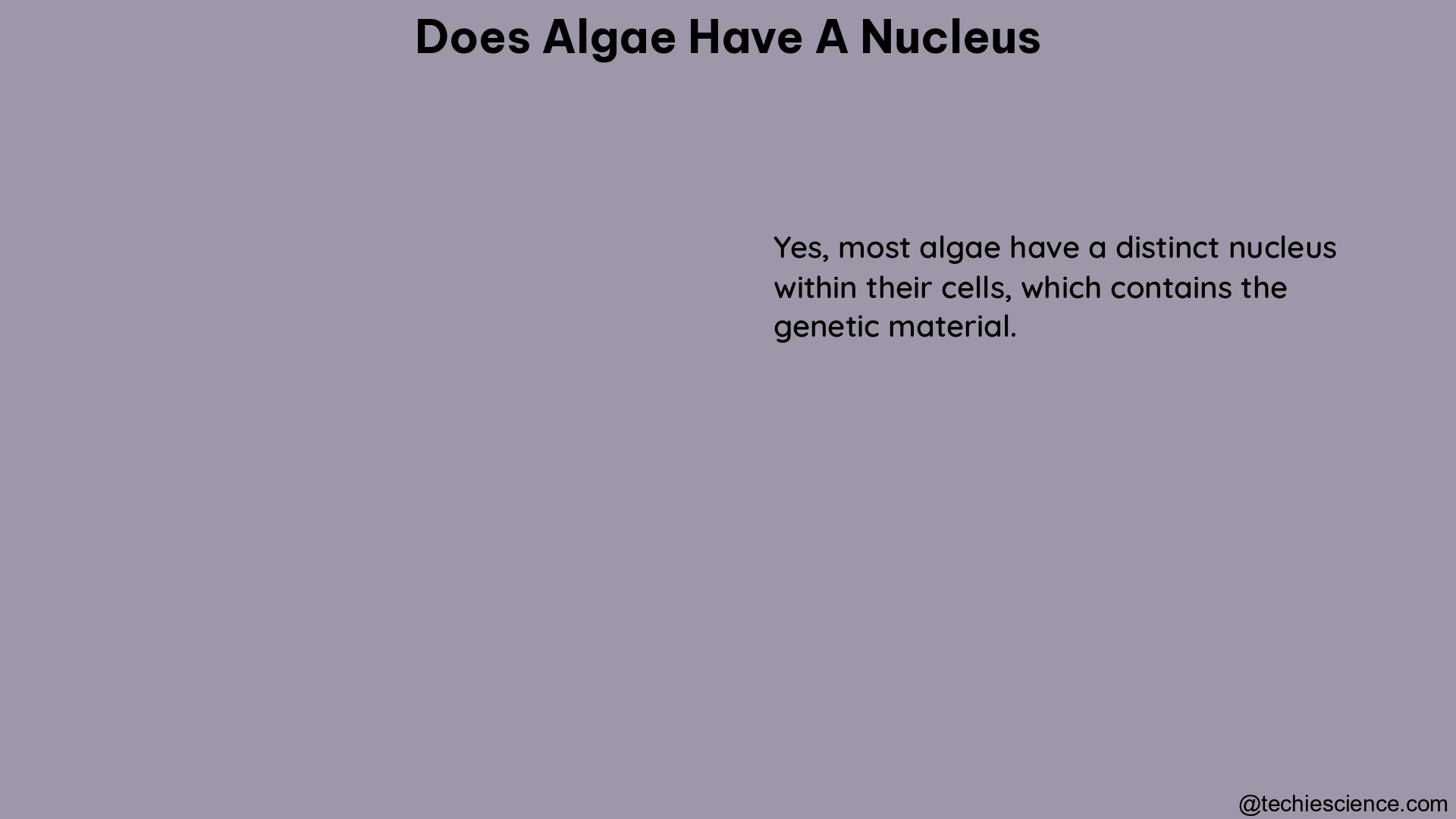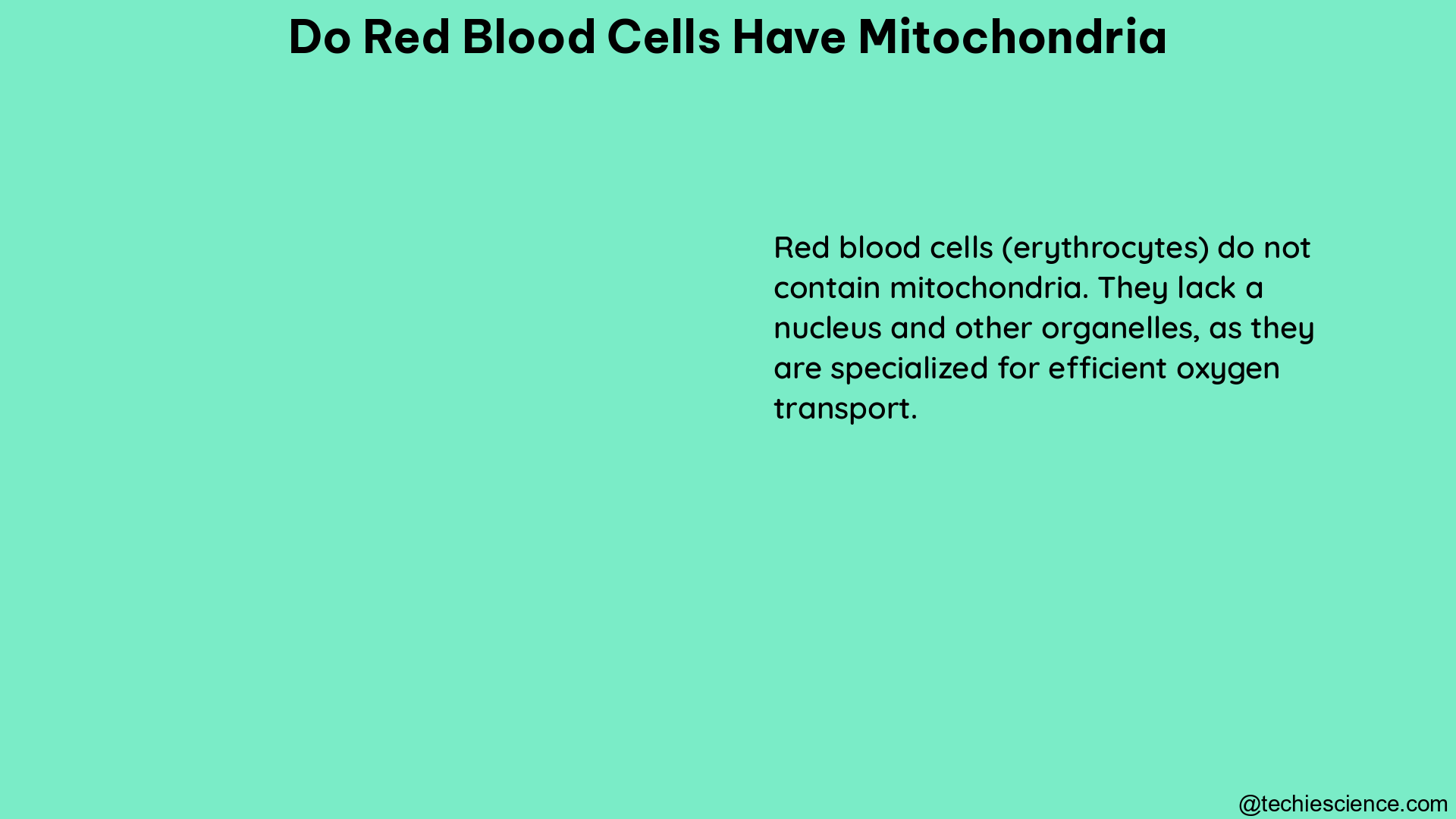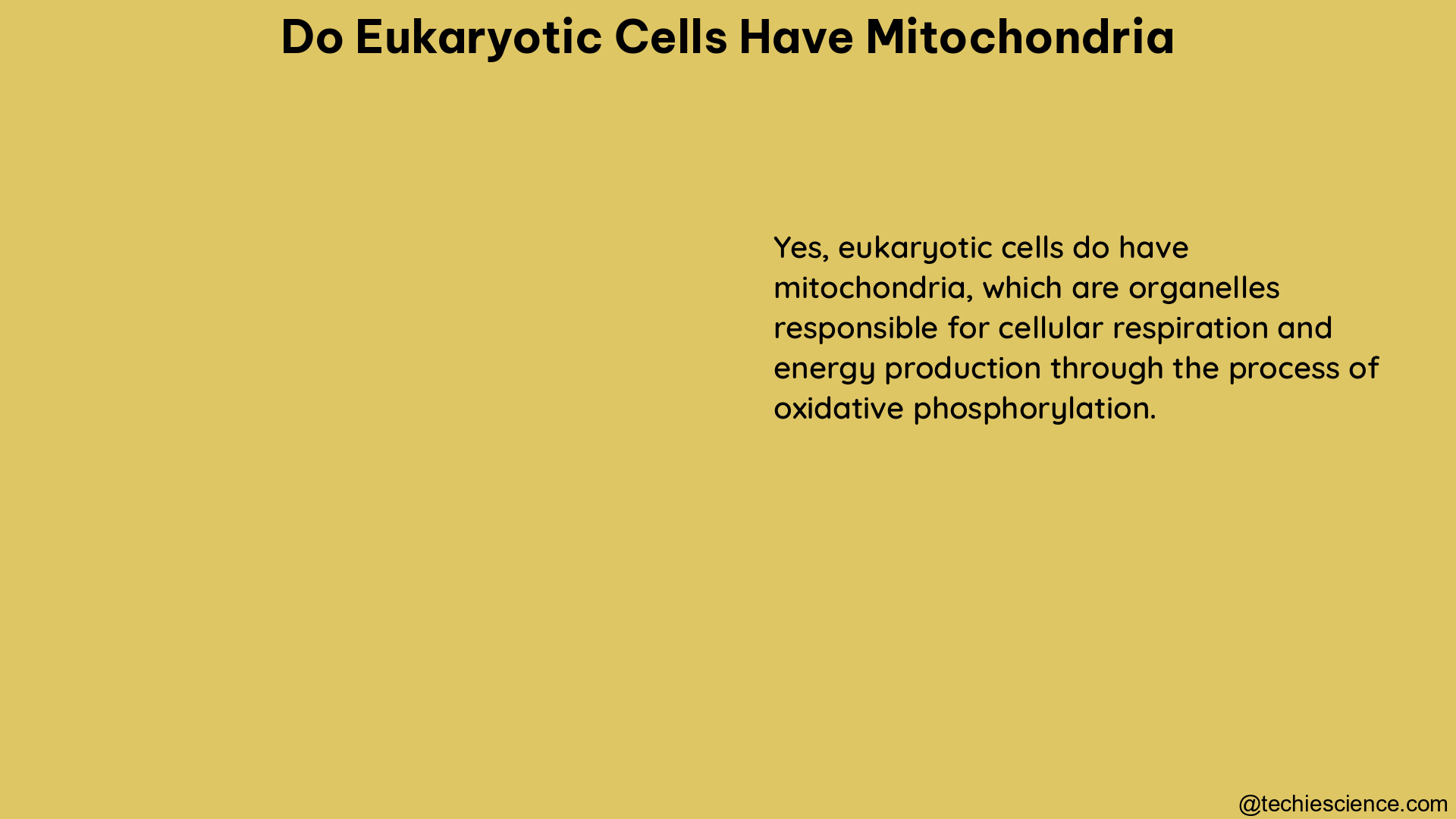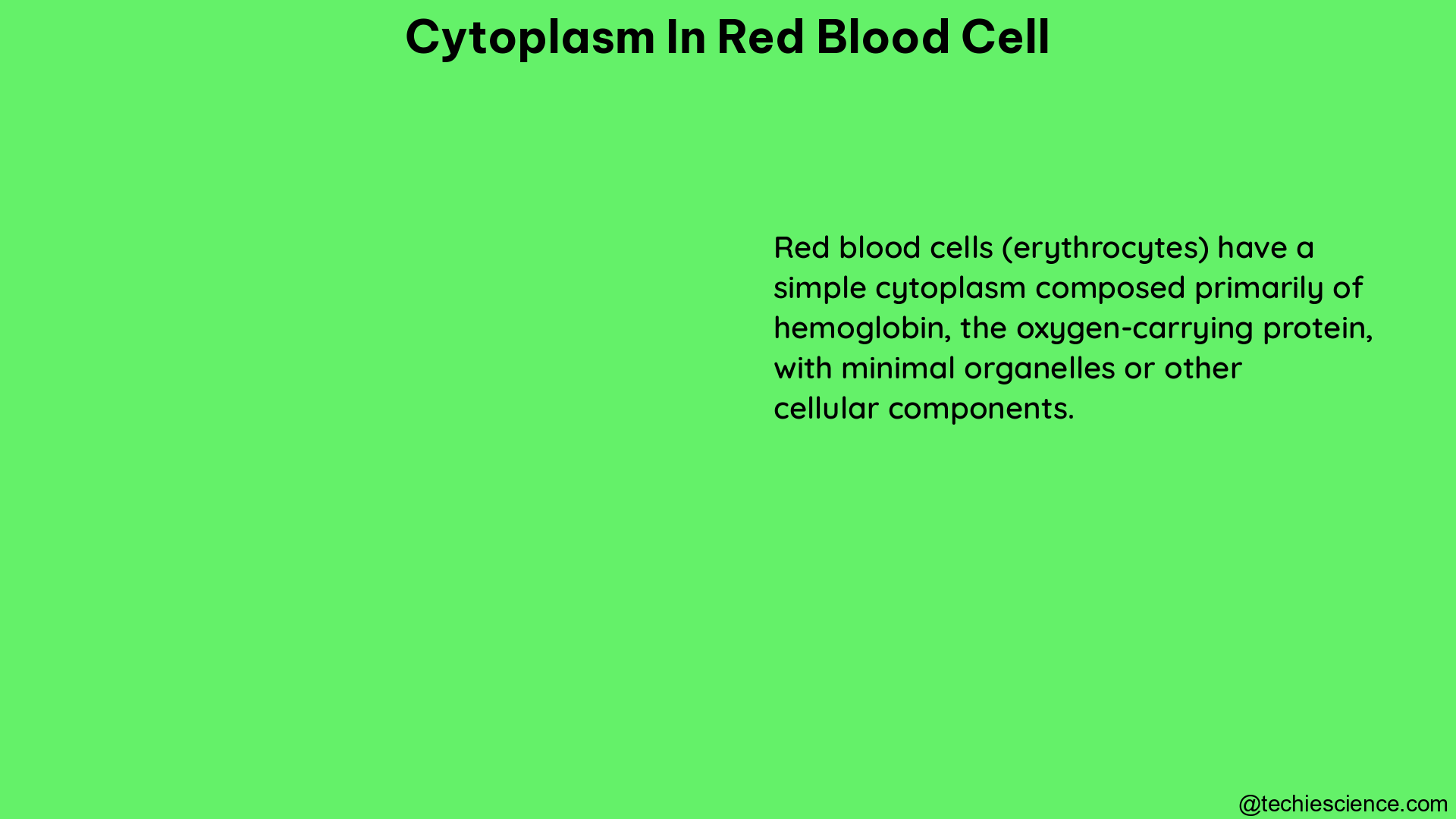Comprehensive Guide to Food Vacuoles in Animal Cells
Food vacuoles are membrane-bound organelles found in animal cells that play a crucial role in the digestion and processing of ingested food particles. These dynamic structures are formed through the process of phagocytosis or endocytosis, and their formation, size, and function can be quantified to gain insights into the cell’s nutrient uptake and utilization efficiency. … Read more
